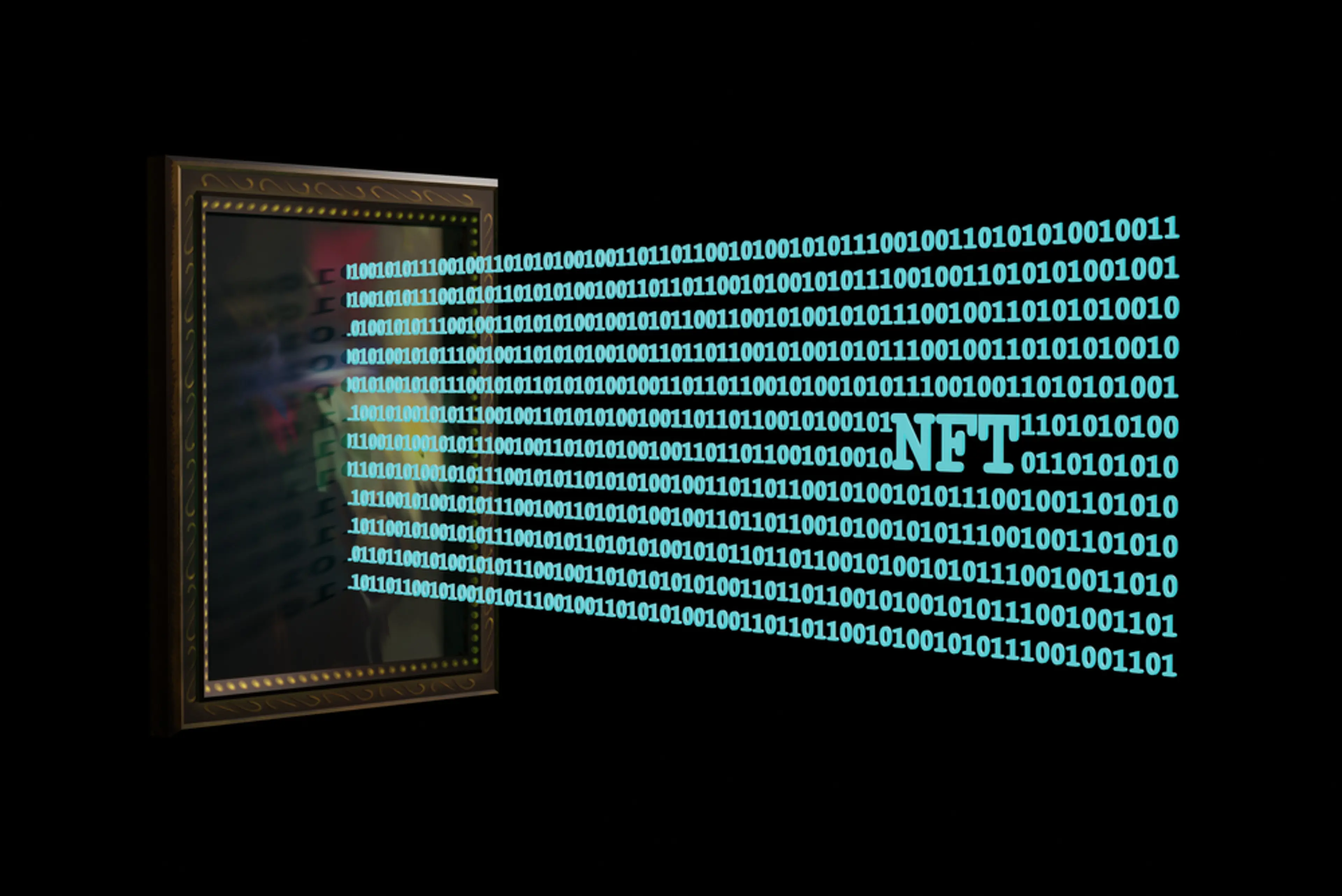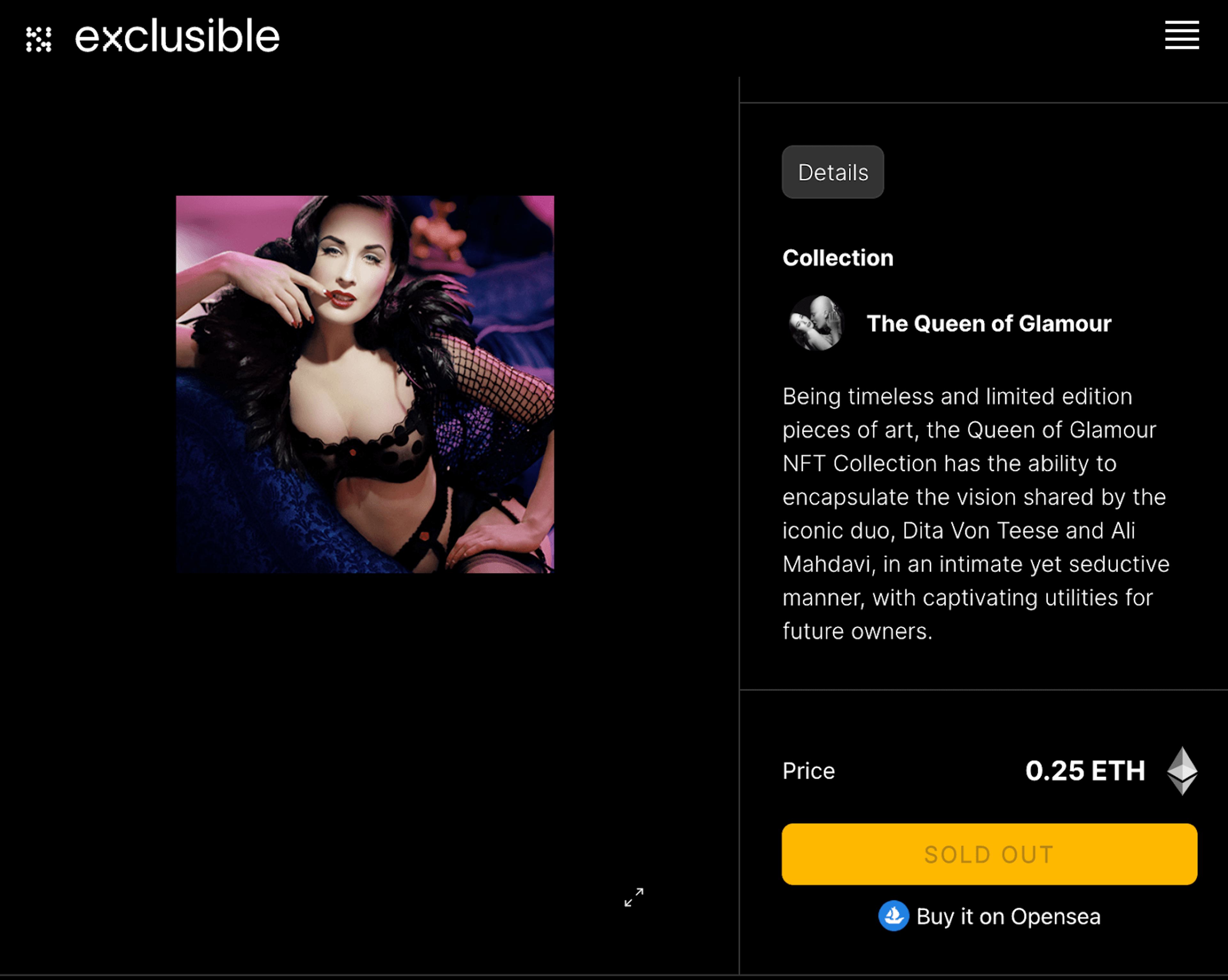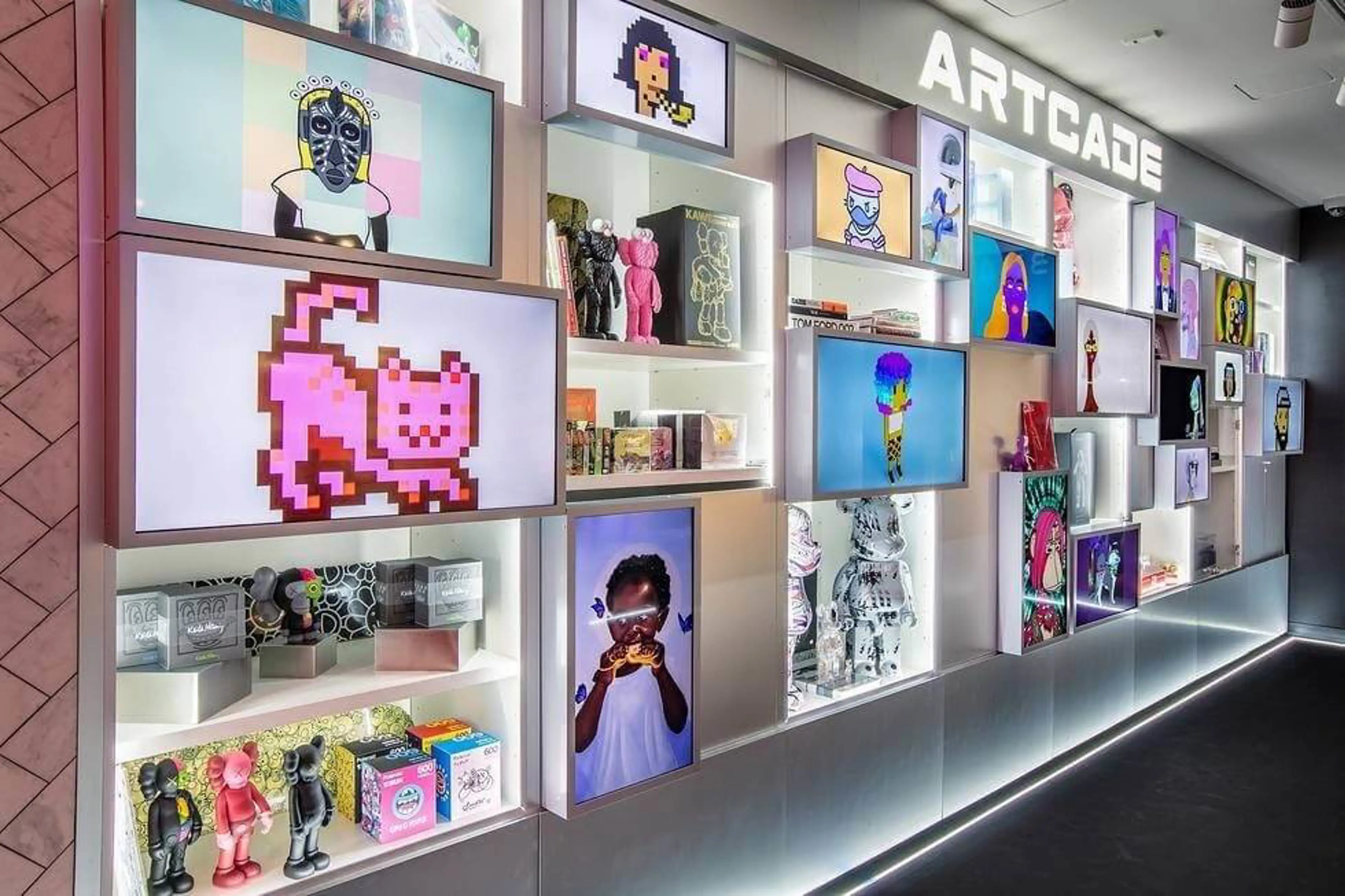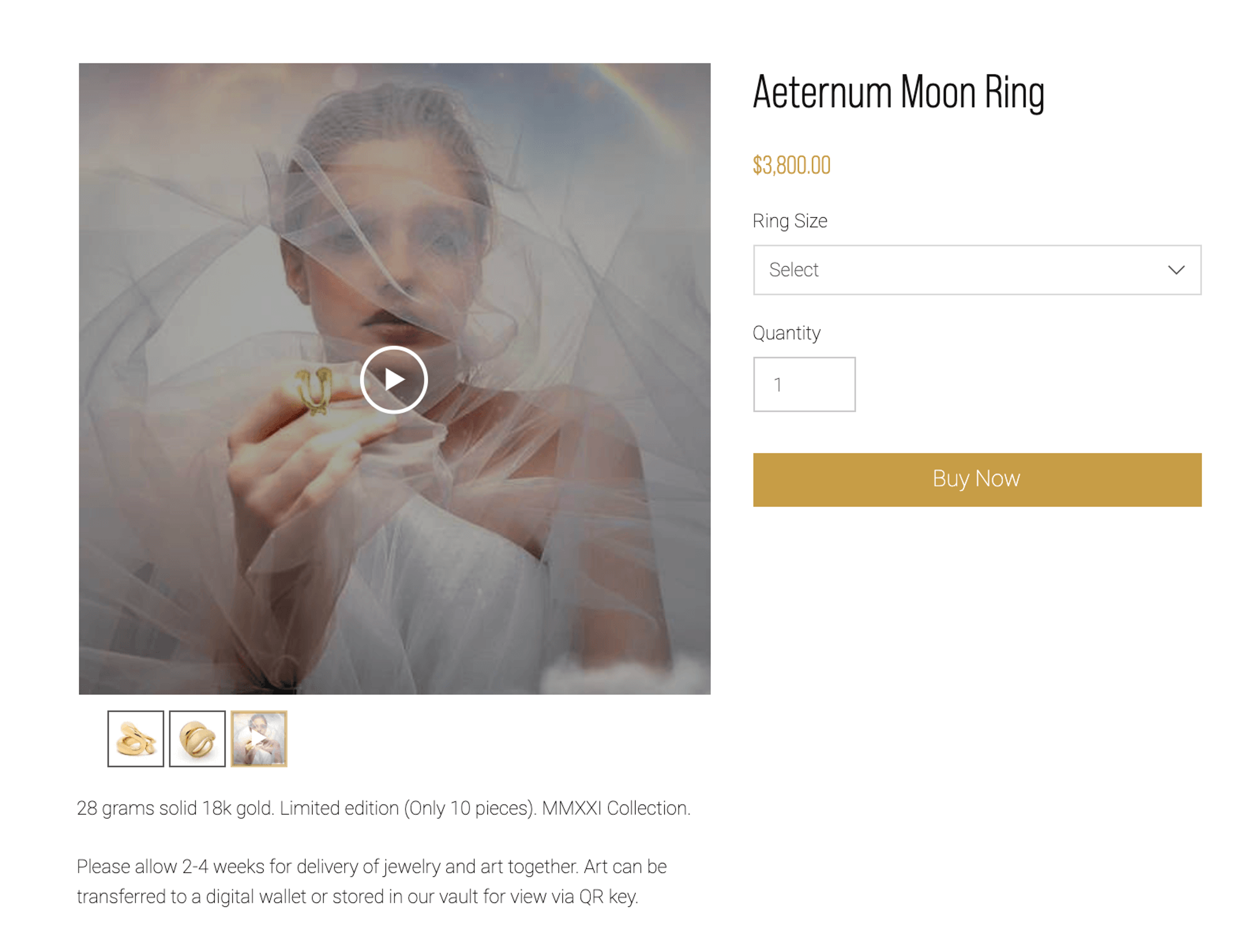
Retail & Luxury Goods
1 Jan 2022
5 Min Read
The Rise of NFTs in Retail
Great news: according to The Collins Dictionary, NFT was the word of 2021, which means there now exists a go-to way to explain these elusive virtual tokens to your grandparents...








Tech & Innovation
Retail & Luxury Goods



